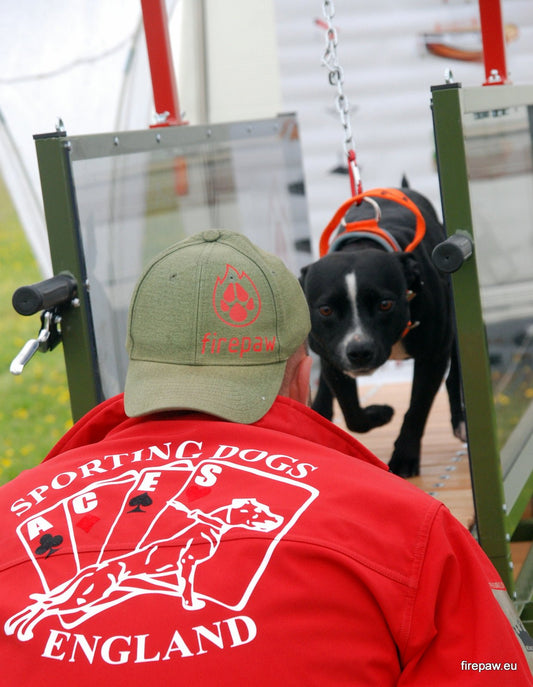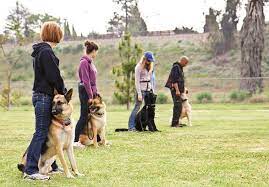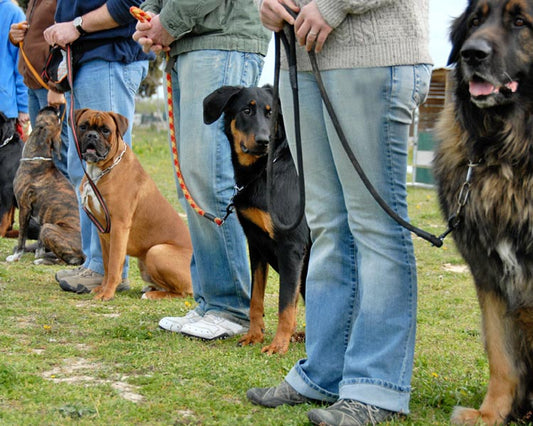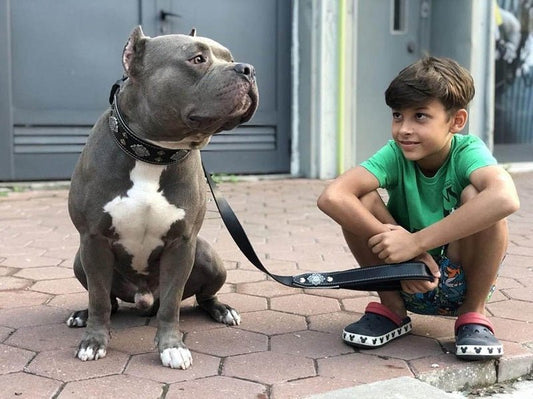
Pro Training: Reinforcement Schedules
Reinforcement Schedules: Optimal Reward Timing for Dog Training
By Bestia Dog Sport Updated: April 9, 2024 | Reading Time: 6 Minutes
Introduction to Reinforcement Schedules Training your dog effectively involves understanding and applying the right frequency and timing of rewards. Whether you reward every time your dog performs a desired behavior or only occasionally can make a significant difference. This guide explores the concept of reinforcement schedules and how they can enhance your dog training efforts.
Understanding Reinforcement Schedules Reinforcement schedules are essentially strategies used to maintain or increase desired behaviors in dogs (and humans) through rewards. These rewards might be a tasty treat or a playful throw of a ball—anything that motivates your dog. Different schedules dictate how and when these rewards should be given to achieve the best results.
Continuous Reinforcement Schedule Under a continuous reinforcement schedule, every correct behavior is rewarded. This approach is highly effective for teaching new behaviors as it clearly associates the specific action with a reward. However, this may not always be practical due to limitations like the availability of treats and concerns over excessive treat consumption.
Transitioning from Continuous to Intermittent Reinforcement Once a behavior is well-established, continuous reinforcement can be phased out to avoid dependency on visible rewards. At this stage, intermittent reinforcement schedules, which provide rewards unpredictably, can help maintain the behavior more effectively and with less susceptibility to extinction.
Types of Intermittent Reinforcement Schedules
- Fixed Ratio: Rewards are given after a set number of responses. This is straightforward but can lead to a pattern where the dog only performs well when a reward is imminent.
- Variable Ratio: Rewards are given after an unpredictable number of responses, which can help maintain steady performance without predictability.
- Fixed Interval: Rewards follow a fixed time period, suitable for behaviors that need to be sustained over time, like staying.
- Variable Interval: Rewards are issued at irregular intervals, ideal for keeping a dog consistently engaged without the anticipation of a reward.
Implementing and Adjusting Reinforcement Schedules Choosing the right reinforcement schedule depends on the behavior being taught, the dog's learning speed, and how quickly you want the behavior to become a reliable part of their repertoire. Intermittent schedules generally yield more durable behaviors and are crucial for transitioning dogs from training to regular behavior.
The Role of Differential Reinforcement Incorporating differential reinforcement, which rewards only the most precise responses, can further refine and enhance performance by setting higher standards for rewarding.
Conclusion: Knowing Your Dog and Adjusting Accordingly Every dog is different, and successful training requires adjusting strategies to fit individual needs. High reinforcement rates keep dogs motivated and engaged, while varying the type of reinforcement and the schedule can prevent boredom and enhance learning.
Understanding and effectively implementing these reinforcement schedules can make a substantial difference in the success of your dog training efforts.



